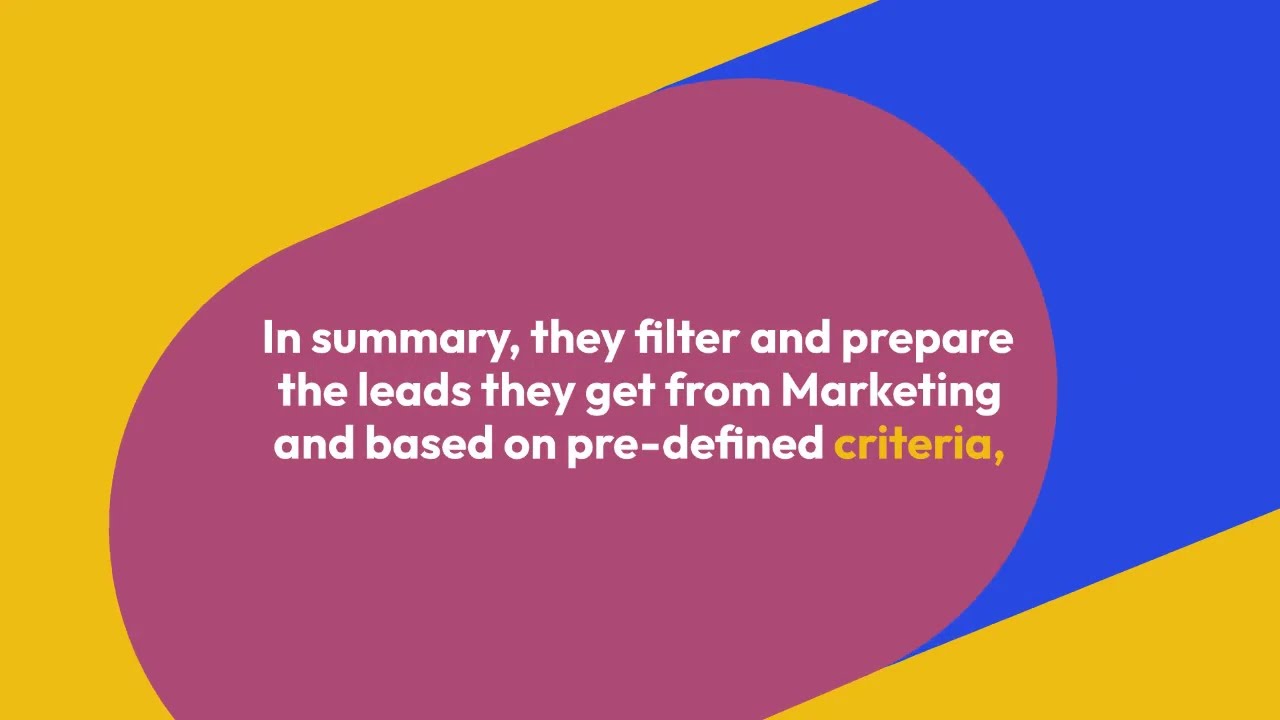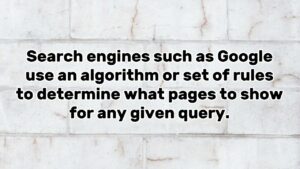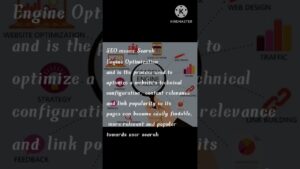
Marketing and Sales play an essential role in an organizational lead generation framework, from generating leads to converting into paying customers. So it is imperative to have a generation framework, structure or process however you want to call it.
1: Marketing
Marketing is responsible for creating awareness, content creation and distribution, search engine optimization, search engine marketing, creating marketing campaigns, seminars, webinars. Etc. In addition, all the activities are supposed to generate leads. These leads are then converted to Market Qualified Leads (MQL) and passed to the second function; Inside sales.
2: Inside Sales
The second function is inside sales. This function is responsible for nurturing the MQL received from Marketing, carrying out further qualification, lead scoring, and eventually converting it into Sales Qualified Lead (SQL), amongst other things. In summary, they filter and prepare the leads they get from Marketing and based on pre-defined criteria, the leads that meet or pass the requirements are passed on to sales.
3: Sales
The third function is Sales. Here, the activities include:
Reaching out to the leads.
Sending proposals.
Invoices.
Answering technical product or service-related questions.
Follow-up.
Eventually, closing the deal and getting customer feedback.
In this video, I’ll show you the three most important functions of a lead generation structure and how to apply them.
1) Prospecting: Finding new leads for your business by identifying potential clients and following up with them until they become customers.
2) Qualifying: Ensuring that every prospect has the ability and interest in buying what you are selling, or at least interested in learning more about it.
3) Conversion: Turning prospects into buyers through persuasive tactics like offers, discounts, social proof etc.
In conclusion, the symphony between marketing and sales is essential, and these three functions must come together to attract, nurture, and convert the leads to paying customers.
source






